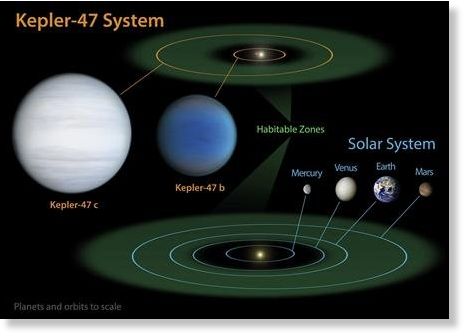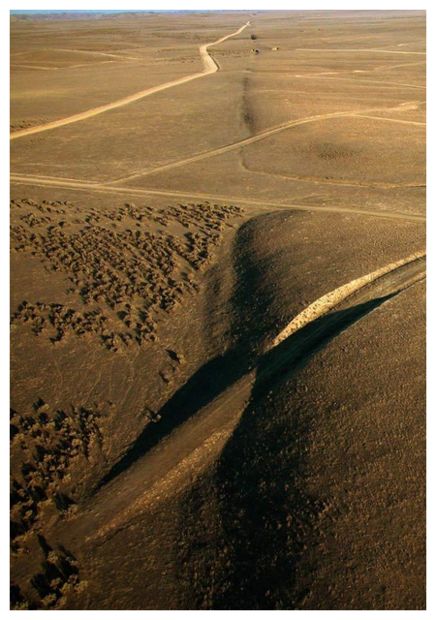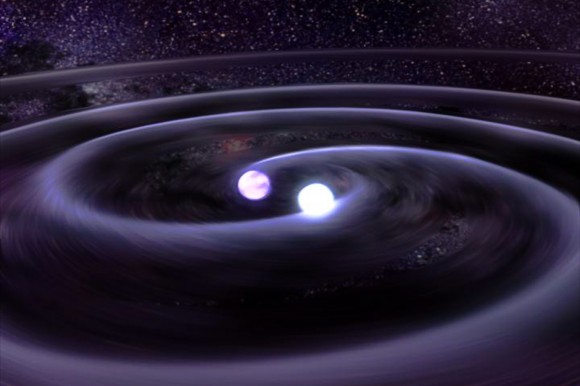
© Reuters/NASA/JPL-Caltech/T. Pyle/HandoutThe Kepler-47 system diagram is shown in this handout released by NASA August 29, 2012.
In a dazzling and previously undetected display of orbital dynamics, two planets beyond the solar system have been found circling a pair of stars, scientists using NASA's
Kepler space telescope said on Wednesday.
Unlike single planets orbiting single stars, the planets in the
Kepler-47 system, located about 5,000 light years away in the constellation Cygnus, are flying around a "moving target," San Diego State University astronomer Jerome Orosz said in a paper published in this week's
Science magazine.
As a consequence, when and how long it takes for the planets to orbit their parent stars varies, a telltale sign of so-called "circumbinary orbits."
Kepler works by detecting slight dips in the amount of light coming from target stars caused by orbiting planets passing by, or transiting, relative to the observatory's line of sight.
Last year, astronomers announced the first planet found to be orbiting a pair of stars.
The
Kepler-47 family is more complex, with at least two planets circling a pair of stars that whirl around each other every 7.5 days.





Comment: This nonsense is put out there to make people feel like our hapless governments can actually DO anything in the face of cosmic climate change. They can't. Or even if they could, they have no intention of doing so. It's all over bar the crying.
The Apocalypse: Comets, Asteroids and Cyclical Catastrophe